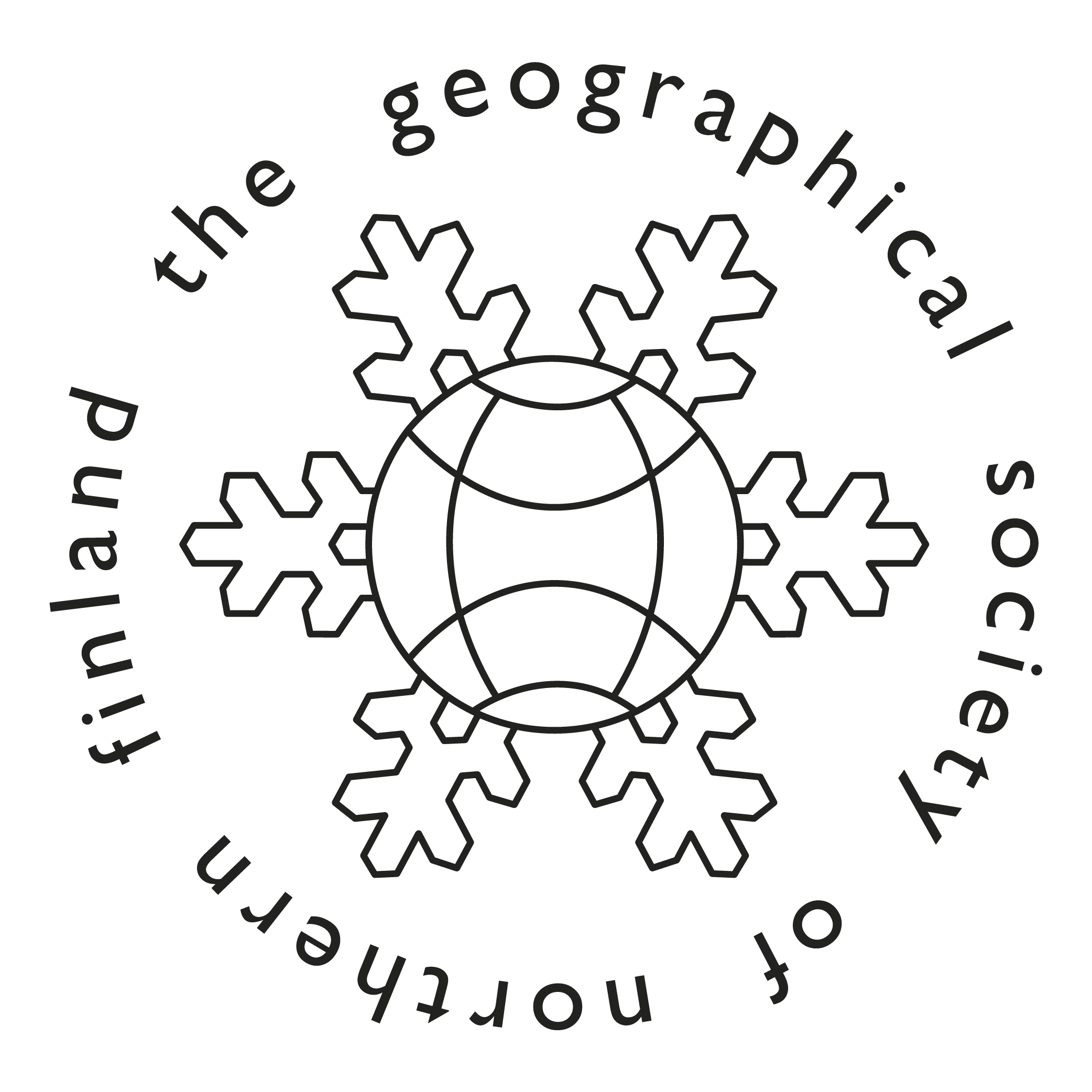The causes and consequences of 21st century global sea level rise on Morecambe Bay, U.K.
DOI:
https://doi.org/10.30671/nordia.157096Abstract
As 21st Century anthropogenic carbon emissions increasingly perturb Earth’s atmospheric composition, an accessible understanding of how greenhouse gas driven climate change manifests on natural and human systems becomes crucial to public awareness. Here, we investigate the contemporary causes and consequences of global sea level rise (SLR), focusing on the impacts of coastal flooding on Morecambe Bay, Northwest England. We review and summarize current literature regarding terrestrial ice loss and ocean thermal expansion, delving into the uncertainties and assumptions. We define three SLR scenarios through to 2100 AD: 1) the Green Road (GR: 0.44m SLR), 2) Business as Standard (BS: 0.77m SLR), and 3) Impending Doom (ID: 1.55m SLR). We adjust these SLR scenarios for regional isostatic and gravitational effects, and map them to local flood projections for Morecambe Bay. Even under the most optimistic – GR – scenario, we find permanent flooding is inevitable by 2100, necessitating adaptation strategies. Under BS and ID scenarios, significant inundation of industrial and residential areas is projected, with permanent displacement of up to 15,000 homes and moderate to severe disruption to national transport networks, including the UK’s West Coast rail-link. Moreover, national power and industrial infrastructure at Heysham Nuclear Power Station and BAE Systems, Barrow would be impacted under our worst-case scenario. Directed mitigation and informed decision-making are crucial for minimizing economic and social impacts, emphasizing a need for public awareness of the future impacts of environmental change and its local manifestation.

Downloads
Published
Issue
Section
License
Copyright (c) 2025 Holly W. Watson, Alun Hubbard

This work is licensed under a Creative Commons Attribution-NonCommercial-NoDerivatives 4.0 International License.






